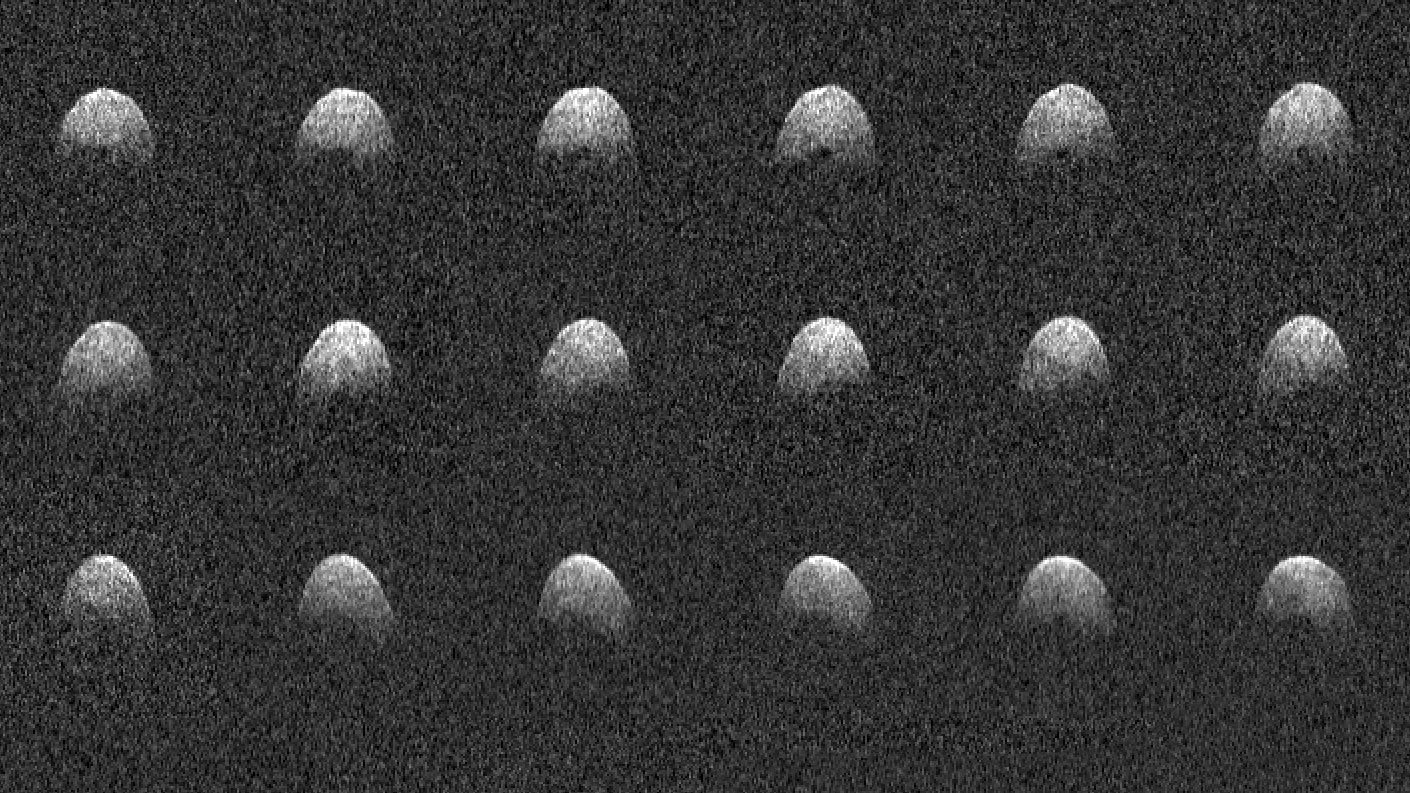

It was bigger than anyone thought. When astronomers captured high-resolution images of the near-Earth asteroid 3200 Phaethon earlier this month, one of the first things they noticed was that it outstripped previous estimates for the rocky object’s size, expanding its girth from 3 miles to 3.6 miles.
The images were captured using a powerful planetary radar system at the Arecibo Observatory in Puerto Rico, hit hard by Hurricane Maria in September. While the observatory’s generators meant its radio telescope observations were back just days after the storm, getting the radar up and running took more time.
The radar system required enormous amounts of diesel to run, and fuel on the island was in short supply after Maria. Instead, the observatory became a staging ground for relief flying into the surrounding area.
Months later, as power slowly returned to the island, the Observatory was able to turn on its radar again to get these shots of Phaethon as it passed near the Earth. The images have a resolution of about 250 feet per pixel—pretty impressive for a beauty shot taken from millions of miles away.

“These new observations of Phaethon show it may be similar in shape to asteroid Bennu, the target of NASA’s OSIRIS-REx spacecraft, but more than 1,000 Bennus could fit inside of Phaethon,” Patrick Taylor, group leader for Planetary Radar at Arecibo Observatory, said in a statement. “The dark feature could be a crater or some other topographic depression that did not reflect the radar beam back to Earth.”
Like many objects floating around our solar system, Phaethon takes its name from mythology. Near-Earth objects tend to be given names from myths around the world, but not myths that involve creation tales or the underworld—those are reserved for objects in other parts of the solar system.
In this case, Phaethon takes its name from Greek mythology. Phaethon was the son of the sun god Helios, and asked his dad for a chance to drive the sun-carrying chariot across the sky. Phaethon wasn’t great at driving, almost burning up the Earth. Zeus shot him out of the sky to avoid disaster, killing the foolish flier in the process.
Luckily, there’s no need to worry about this Phaethon scorching the planet anytime soon. Though it is large and classified as ‘potentially hazardous’, it made its closest pass by Earth on December 16, at a distance of 6.4 million miles. That’s 27 times farther away than the moon. Researchers discovered Phaethon in 1989, and think that it did come closer to Earth in the past, getting as near as 3.2 million miles back in 1931. It’s not expected to come ‘close’ to Earth again until 2093.
Observatories like Arecibo, which has the most powerful radar system on the planet, keep an eye on Phaethon and others like it for us. Asteroids larger than one kilometer could have a disastrous effect should they actually collide with Earth, potentially causing mass extinctions, or shifting the global climate. Asteroids larger than 100 meters (328 feet) could have devastating local impacts. While researchers estimate that they’ve found 90 percent of near-Earth objects (NEOs) with a diameter larger than 1 km (0.6 miles), the goal now is to find 90 percent of all NEOs larger than 140 meters. There are an estimated 17,000 of these objects still awaiting discovery.
The 54-year-old observatory recently faced down fears of a forced retirement, but in November the government granted Arecibo another year of funding.
